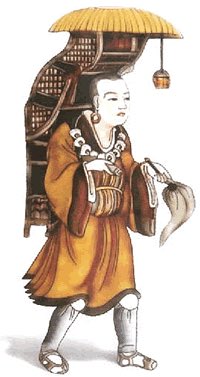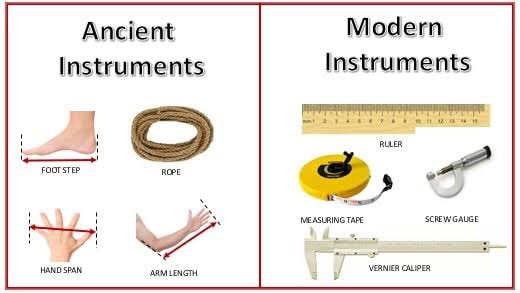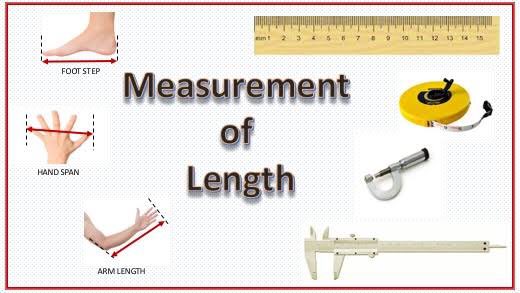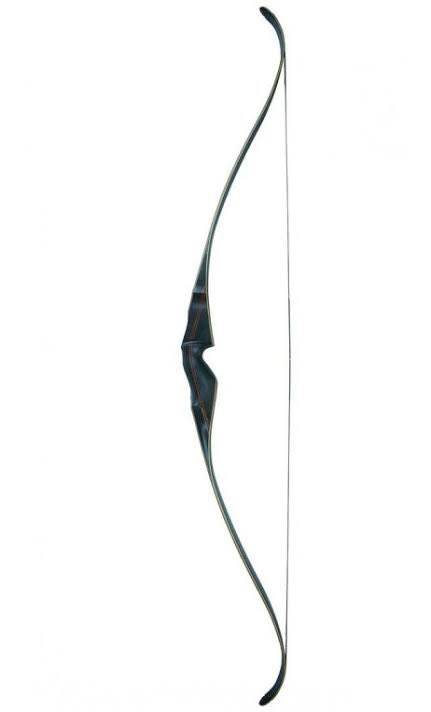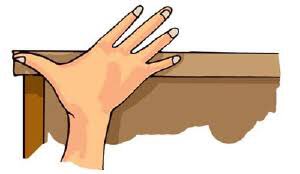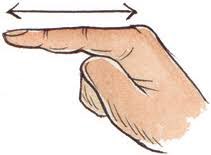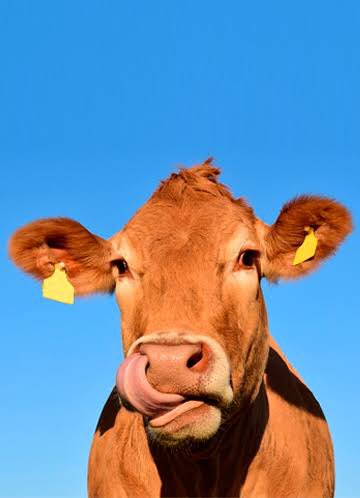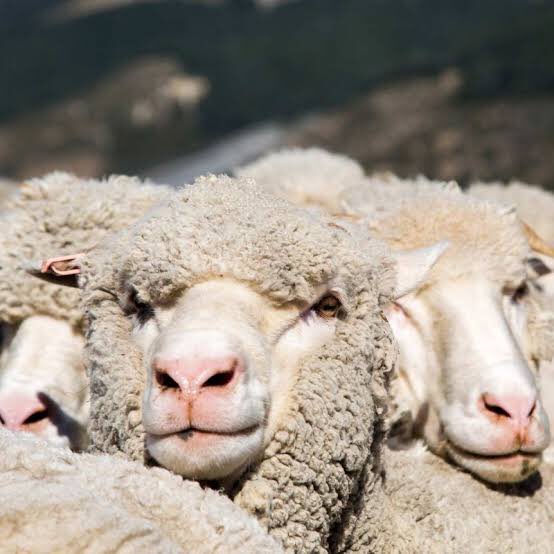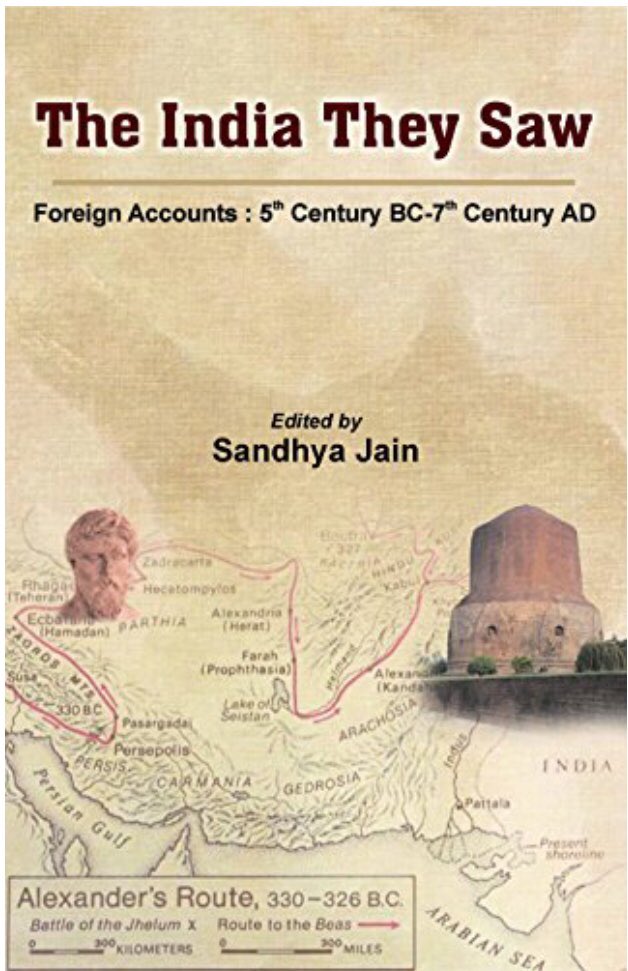#Thread on Units of measurement of Length in Ancient India as observed by Hieun Tsiang (Yuan Chwang) (602-664 CE), the Chinese traveller, in ‘Record of Travels to the Western Regions’  #History #india #bharat #indic #civilisation #travel #math #measurement #science
#History #india #bharat #indic #civilisation #travel #math #measurement #science
 #History #india #bharat #indic #civilisation #travel #math #measurement #science
#History #india #bharat #indic #civilisation #travel #math #measurement #science
@AartiAuthor @harshasherni @SRaEarth09 @ynacna @visa_pro @mamatarsingh @Dharma_Yoddhaa @Itishree001 @MsStilettoes @Shiv_Sharwani11 @Mahender_Chem @DeshBhaktReva @Savage_shree @VaruKrutika @dhingramahima9 @apparrnnaa @i__Mystic @Shailesh_2017 @shradhasumanrai @VedicWisdom1 

“In point of measurements, there is first of all the yojana (yu-shen-na); this from the time of the holy kings of old has been regarded as a day’s march for an army....
.. The old accents say it is equal to 40 li; according to the common reckoning in India it is 30 li, but in the sacred books (of Buddha) the yojana is only 16 li.
.. In the subdivision of distances, a yojana is equal to eight krosas (keu-lu-she);
a krosa is the distance that the lowing of a cow can be heard;
a krosa is divided into 500 bows (dhanus);
a bow is divided into four cubits (hastas); ..
a krosa is the distance that the lowing of a cow can be heard;
a krosa is divided into 500 bows (dhanus);
a bow is divided into four cubits (hastas); ..
.. a cubit is divided into 24 fingers (angulis);
a finger is divided into seven barleycorns (javas);
a finger is divided into seven barleycorns (javas);
and so on to a louse (yuka), a nit (liksha), a dust grain, a cow’s hair, a sheep’s hair, a hare’s down, copper-water, and so on for seven divisions,...
.. till we come to a small grain of dust; this is divided sevenfold till we come to an excessively small grain of dust (anu); this cannot be divided further without arriving at nothingness, and so it is called the infinitely small (paramanu).”
Source and Credit :
1)THE INDIA THEY SAW (VOL-1) by Dr. SANDHYA JAIN @vijayvaani
2)Record of Travels to the Western Regions by Hieun Tsiang, Chinese pilgrim & traveller.
1)THE INDIA THEY SAW (VOL-1) by Dr. SANDHYA JAIN @vijayvaani
2)Record of Travels to the Western Regions by Hieun Tsiang, Chinese pilgrim & traveller.

 Read on Twitter
Read on Twitter